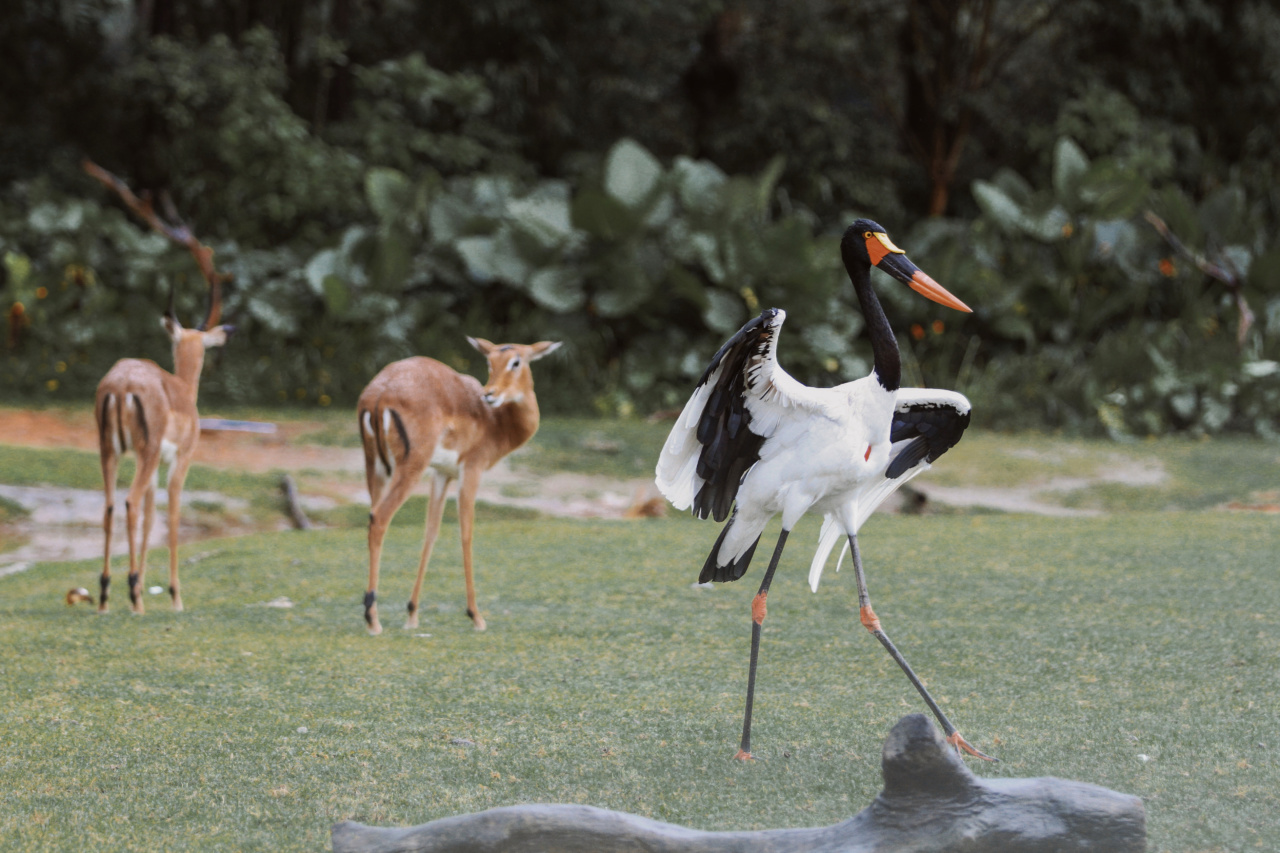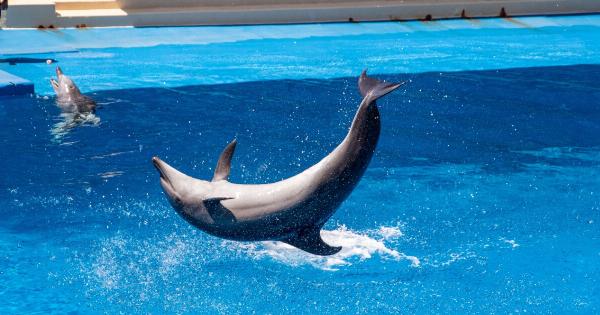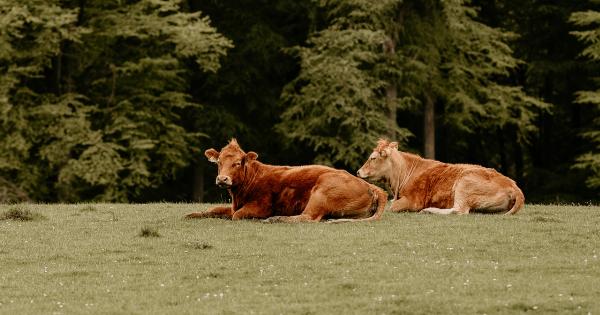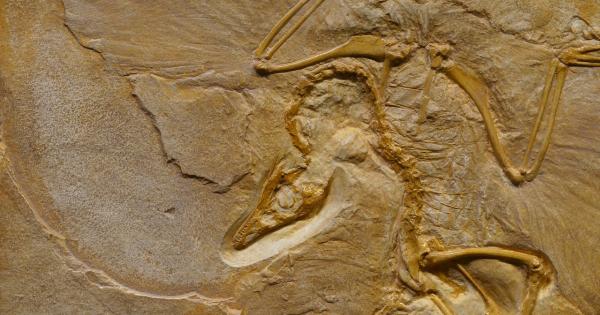Introversion is a personality trait characterized by a preference for solitary activities and a tendency to be reserved and reflective. While this trait is commonly associated with humans, it is also observed in various animal species.
Animals, like humans, exhibit a range of personalities, and some individuals within a species may display introverted tendencies. In this article, we will explore the concept of introversion in animals and examine the factors that contribute to this behavior.
1. Introverted Animal Species
While not all animals exhibit introverted behaviors, some species are more prone to it than others. For instance, felines, such as domestic cats and tigers, are known for their solitary nature and independent behaviors.
These animals often prefer to spend extended periods alone, away from social interactions. Similarly, nocturnal animals like owls and bats tend to be more introverted, as their lifestyle requires them to be active during the night when most other animals are resting.
2. Biological Factors
There are several biological factors that contribute to an animal’s tendency towards introversion. One such factor is the level of brain chemical dopamine.
Animals with naturally lower levels of dopamine, such as certain breeds of dogs, are more likely to exhibit introverted behaviors. Similarly, the way the brain’s reward system is wired can also play a role.
Research has shown that animals with higher activity in the prefrontal cortex, a region associated with decision-making and self-control, are more likely to display introverted tendencies.
3. Environmental Influences
The environment in which an animal lives can greatly impact its personality traits, including introversion.
Animals that are raised in isolation or deprived of social interactions during crucial developmental stages may be more prone to introverted behaviors. Additionally, animals living in highly challenging or unpredictable environments may exhibit introversion as a survival strategy. By minimizing social interactions, these animals reduce the risk of conflicts or competition for resources.
4. Social Dynamics
Just like humans, animals also engage in social interactions, and introversion can affect their social dynamics. In some animal species, individuals with introverted personalities may struggle to establish or maintain social bonds.
For example, introverted male birds may have difficulty attracting mates due to their less outgoing behaviors. On the other hand, introverted animals may have an advantage in situations where competition for resources or mates is high.
Their ability to navigate through social complexities with caution and strategic planning may give them an edge in such scenarios.
5. Introversion in Domesticated Animals
Domesticated animals, particularly pets, can also exhibit introverted tendencies. Dogs, for instance, vary greatly in their sociability.
While some breeds, like Golden Retrievers, are known for their outgoing and friendly nature, others, like Greyhounds, tend to be more reserved and introverted. These variations in behavior can be attributed to both genetics and individual experiences throughout their lives, including socialization and training.
6. Benefits of Introversion in Animals
Introverted behaviors in animals can serve several beneficial purposes. For instance, being introverted allows animals to conserve energy by not engaging in unnecessary social interactions.
This can be particularly advantageous in environments with limited resources or during periods of food scarcity. Moreover, introverted animals may have a better ability to focus on their surroundings and detect potential threats, enhancing their survival chances.
7. Challenges for Introverted Animals
While introverted behavior can offer advantages, it also poses challenges for animals. Social interactions play a crucial role in many aspects of an animal’s life, such as mating, learning, and establishing territories.
Introverted animals may face difficulties in these areas due to their reduced social engagement. Additionally, their reserved nature may make them more susceptible to predators, as they may be less likely to seek safety in numbers or raise alarm calls in the presence of danger.
8. Individual Differences within Species
It is important to note that not all animals within a species exhibit introverted behaviors. Just like humans, animals possess individual differences in personality, which can range from extremely introverted to highly extroverted.
These differences can arise from a combination of genetic, environmental, and social factors. Therefore, it is essential to consider the full spectrum of personalities within a species and avoid generalizations.
9. Understanding Animal Introversion
Studying introversion in animals can provide valuable insights into their behavior, motivations, and needs.
Recognizing and respecting an animal’s introverted tendencies can help promote their well-being in various settings, including shelters, zoos, and homes. By understanding and accommodating these personality traits, we can create environments that cater to the needs of introverted animals, allowing them to thrive and lead fulfilling lives.
10. Conclusion
Introversion is not exclusive to humans but can also be observed in various animal species. Whether due to biological factors, environmental influences, or social dynamics, animals display a range of introverted behaviors.
While these behaviors offer advantages in certain situations, they may also present challenges for animals in terms of social interactions and vulnerability to predators. Recognizing and understanding introversion in animals is vital for their overall well-being and can contribute to creating environments that support their natural tendencies.































